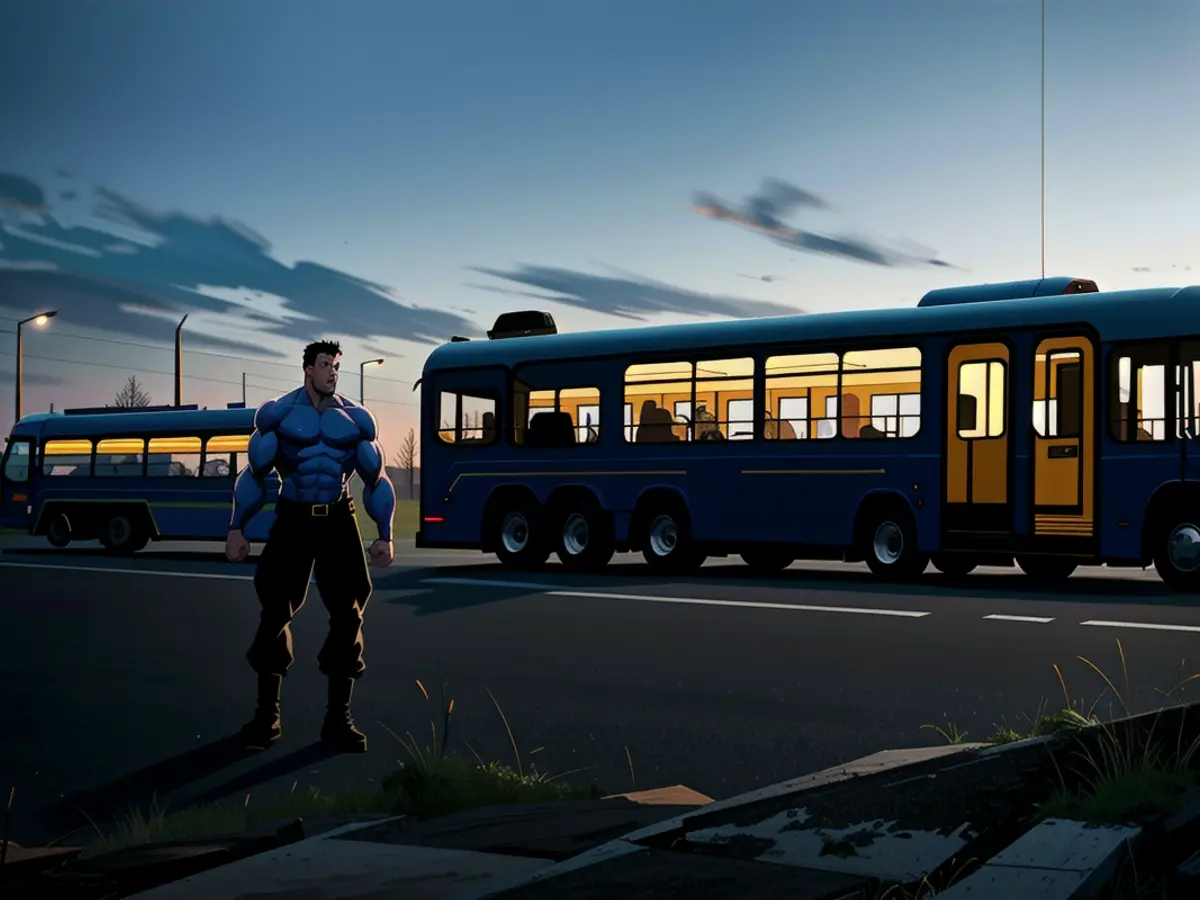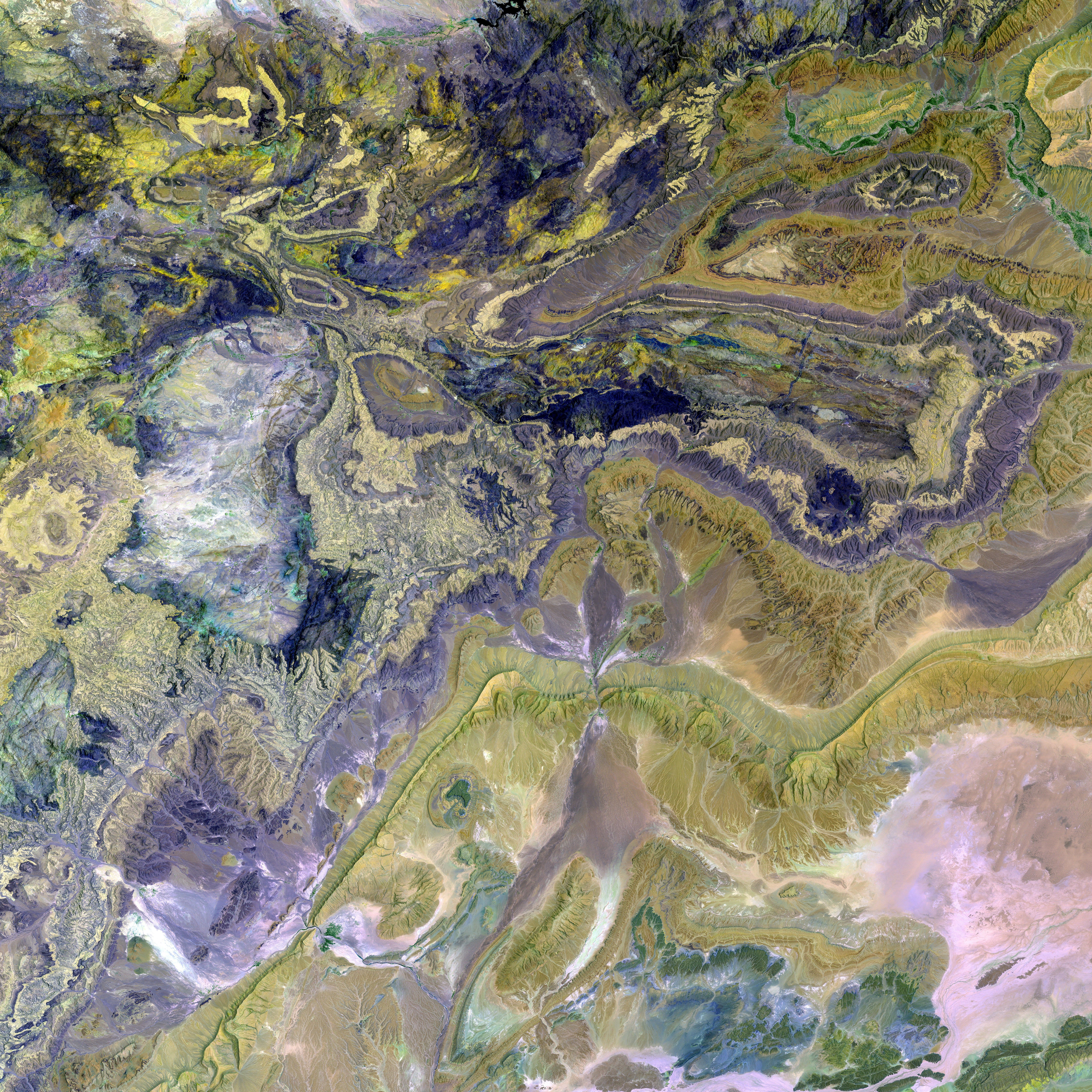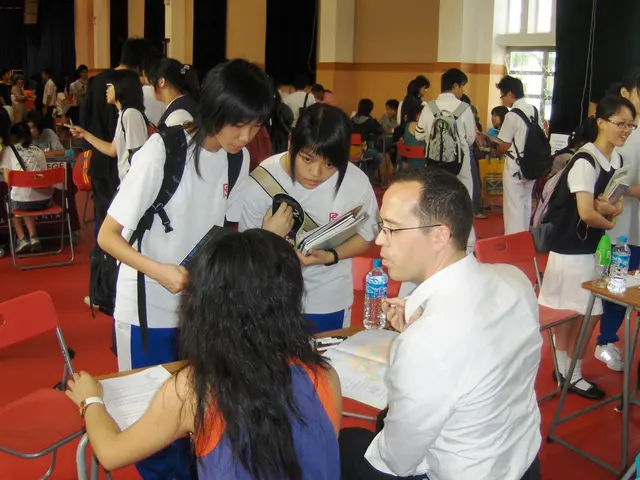Diligently Seeking the Missing: The Role of AI and Volunteer Families in Finding Soldiers Lost in War Conflicts (Ukraine)
Hey there! Let's dive into the heart-wrenching tale of Nazar Ocheretnyi, a combat medic who vanished during Mariupol's siege in 2022. His last message to his mother still hangs in the air, a silent promise unfulfilled as he's been missing ever since.
Three years and counting, and his mom, Valentyna Ocheretnaya, is left in limbo. The Ukrainian government officially classified him as missing in action, but he neither became a confirmed fatality nor reappeared alive.
Ocheretnyi is among nearly 60,000 military personnel and civilians recognized as missing under special circumstances within the government's Unified Register. However, experts suggest this number could be much higher due to reporting difficulties in conflict zones.

Artur Dobroserdov, Commissioner for Persons Missing under Special Circumstances, sheds some light on what usually happens: "If the person is in the register - there are two main versions - the person either is in Russian captivity, or the person is dead." But as the war continues, finding these individuals becomes increasingly challenging.
The way combat has evolved has added to the complexity. Both armies now extensively use drones, making retrieving bodies from the battlefield a rare occurrence. That's why Russia and Ukraine regularly exchange remains. Since Russia's full-scale invasion in February 2022, Ukraine has brought home over 7,000 bodies.

However, identifying these fallen soldiers is a daunting task. Often, all that's returned is remnants of bodies: mutilated, fragmented, rotted, or burnt, leaving experts with a puzzle to piece together. Even when bodies come with identifying information, it must undergo DNA testing for confirmation.
In some cases, advanced technology is used to speed up the search. For instance, 3D-reconstruction techniques help restore facial features based on the shape of the skull and genomic information. Similarly, facial recognition software provided by Western partners and searches in databases, social media, and online can help identify missing soldiers.

Families of the missing often take matters into their own hands, searching through Russian TV channels, social media, and news videos for any sign of their loved ones. Ocheretnaya, for instance, found three locations where her son had possibly been seen, but he remains unaccounted for on any official Russian list.
As we continue to wait for an "all-for-all" exchange of captives, countless families cling to hope, petitioning for their loved ones' safe return. "I'm really asking God to bring my son back to me. I don't need anything else. Just to bring him back," Ocheretnaya pleads.

In 2025, Valentyna Ocheretnaya, still searches for any indications of her son Nazar Ocheretnyi, who vanished during the Mariupol siege in 2022. The Ukrainian government's Unified Register recognizes him as one of nearly 60,000 military personnel and civilians who have disappeared under special circumstances. Despite the efforts of commissioners and advanced technology, Nazar Ocheretnyi's whereabouts remain unknown.







